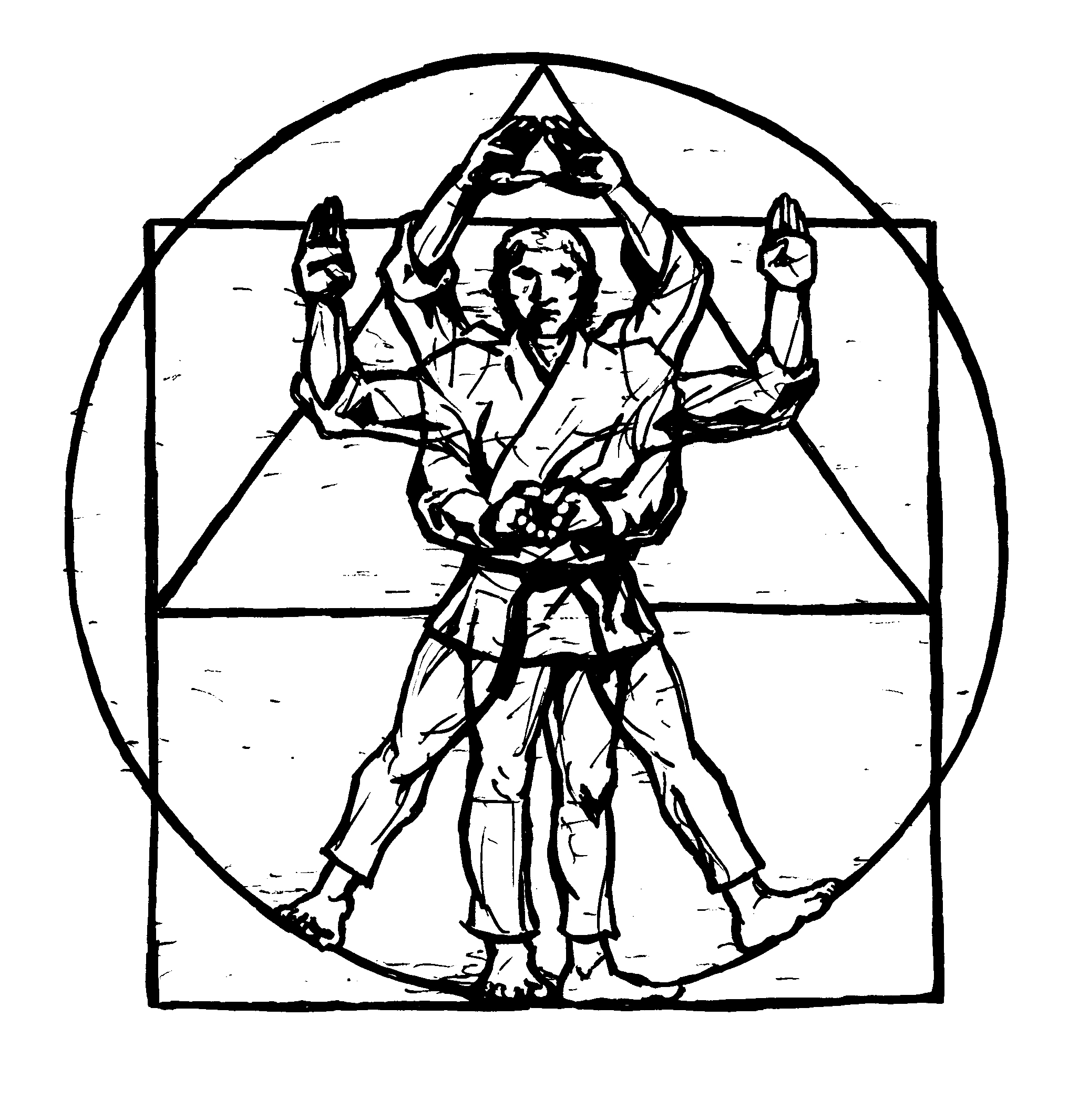Kosa-Dachi Bunkai
Kosa-Dachi (Cross Stance) Recently, on some of the martial arts study groups I am a part of, the topic of kosa-dachi (cross stance) has been coming up somewhat frequently. This stance is found in many variations, in several kata. The discussions we have been having have mostly focused on the use of kosa-dachi in Naihanchi, and similar discussions have cropped […]







